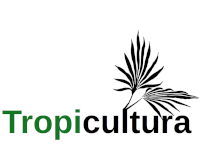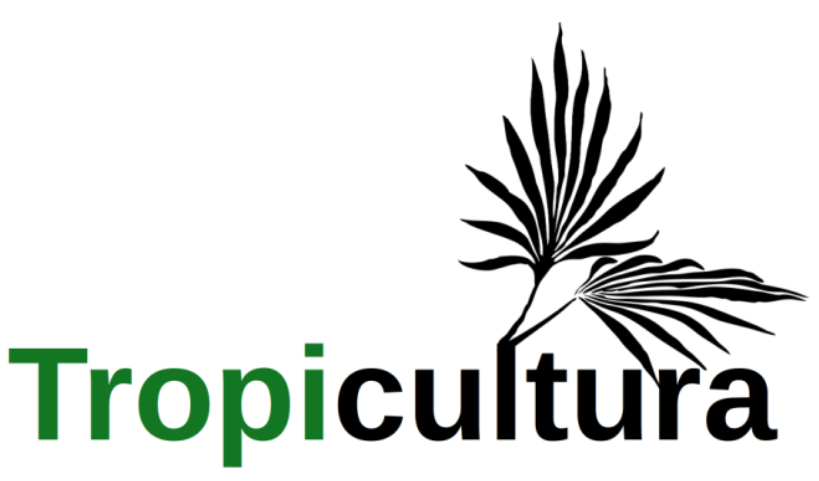- Home
- Volume 36 (2018)
- Numéro 4
- Evaluation of Different Options: Host Plant Resistance, Weed Management, and Fertilization for the Development of an Integrated Pest Management Strategy for the Sweet Potato Weevil in Burkina Faso
View(s): 859 (6 ULiège)
Download(s): 197 (2 ULiège)
Evaluation of Different Options: Host Plant Resistance, Weed Management, and Fertilization for the Development of an Integrated Pest Management Strategy for the Sweet Potato Weevil in Burkina Faso

Attached document(s)
original pdf fileRésumé
Evaluation de différentes options: résistance variétale, gestion des mauvaises herbes et fertilisation pour le développement d’une stratégie de gestion intégrée du charançon de la patate douce au Burkina Faso.
Le charançon de la patate douce (Cylas puncticollis) est un insecte ravageur de la patate douce au Burkina Faso. Il cause de sérieux dégâts sur les tubercules, les rendant impropres à la consommation humaine et à la nutrition animale. Ce problème nécessite des moyens de lutte efficaces, en particulier des méthodes de contrôle non chimique. Dans le but de développer de telles méthodes, des expérimentations au champ ont été conduites de 2012 à 2015. Différentes méthodes de lutte incluant la résistance variétale, la gestion des mauvaises herbes et la fertilisation ont été testées. Les résultats ont montré que deux variétés, Zappalo-1 et Resisto, étaient immunes de tout dégât (0%) du charançon. En outre, lorsque les parcelles n’étaient pas désherbées, on n’enregistrait aucun dégât (0%) du charançon sur la variété BF11. Enfin, la combinaison de la fumure organique et de l’engrais minéral a significativement réduit les dégâts causés par le charançon à un score aussi bas que 1 comparé à un score de 3.5 en absence de fumure organique. Ainsi, à partir de cette étude, on peut conclure qu'une approche intégrée combinant des variétés résistantes, de bonnes pratiques de désherbage et une application de fertilisants pourrait être mise en place pour contrôler le charançon de la patate douce au Burkina Faso.
Abstract
The sweet potato weevil (SPW) (Cylas puncticollis) is a destructive pest feeding on the sweet potato in Burkina Faso. This weevil causes severe damage to the tuber, and the infested tuber is unsuitable for human consumption or animal feed. This problem calls for effective control management, especially for non-chemical approaches. A field experiment was carried out from 2012 to 2015 with the aim to develop management methods. Different control methods, including host-plant resistance, weeds management and crop fertilization, were tested. The results showed that two varieties, Zappalo-1 and Resisto were free of any SPW damage (0%) . Similarly, when plots were not weeded tubers of the BF11 variety were free of any SPW damage (0%). Finally, the combination of manure and mineral fertilizer significantly reduced the damage due to the SPW to score as low as 1 compare to 3.5 in the absence of manure. From the current study, it can be concluded that an integrated approach combining resistant varieties, good weeding practices and fertilizer application could be implemented to control the SPW in Burkina Faso.







